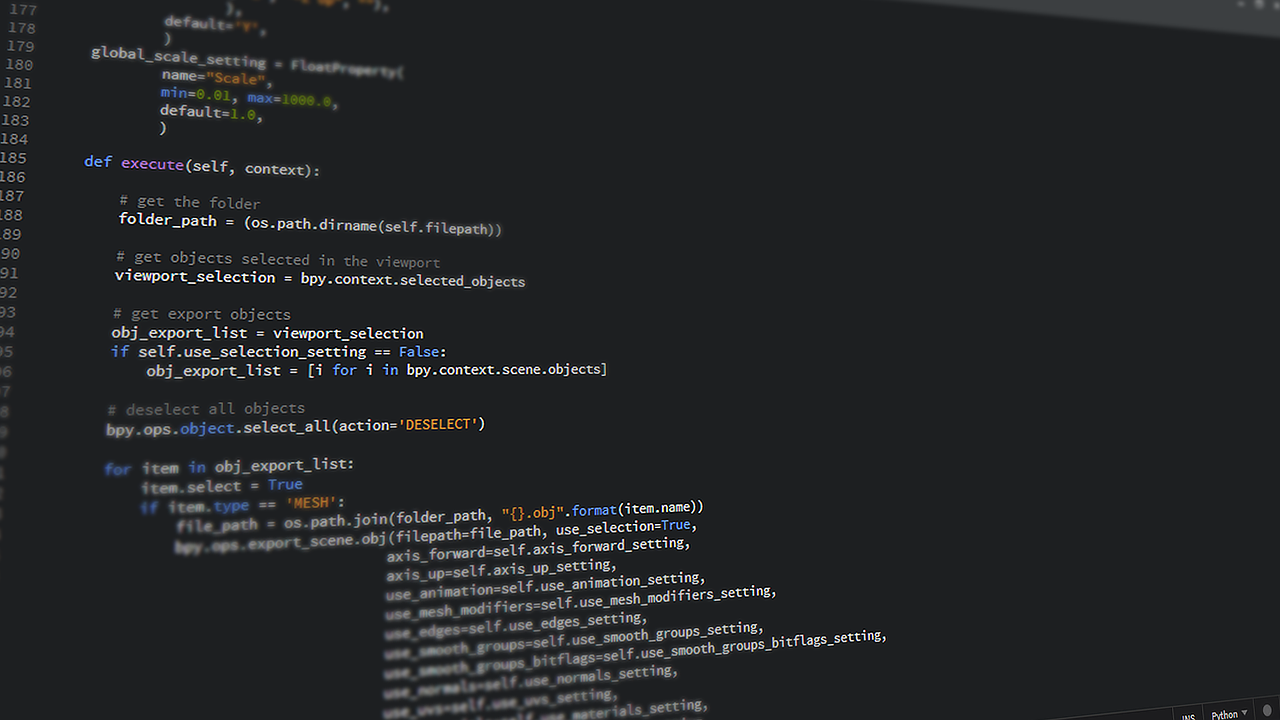Here I published the fourth part of the consecutive series about Python Programming language to learn for all.
Previous:
Python Keywords and Identifiers (3rd part)
In a programming language, we have to work with various kinds of data items. Specific data item for a specific task. For this why data types are so important concepts in the programming language. Data items are being classification or categorization using data types.
In Python, when we assign a value to a variable the data type is automatically set.
Python has various built-in data types by default, like this :

We can categorize the data types of Python into two as follows:
1.Mutable Data Types :
A mutable data type can be changed after it is created.Like list, dict, set and user-defined classes.
2. Immutable Data Types :
Opposite of mutable data type, that means it can't be changed after it is created. Like int, float, bool, string
We'll briefly discuss every data type with examples one by one in this series.
.jpg)
We can also categorize Python data types into two according to data structures.
Note. We'll discuss the Python data structure in this series.
1. Primitive Data Types:
- Basic data types without advanced capabilities and generally it can have only single values.
2. Non-Primitive Data Types:
Advanced data types derived from primitive data types.

I hope you understand today's content easily.
Next
Python Rules of coding



@tipu curate
Upvoted 👌 (Mana: 14/28)
This is really impressive. It's nice learning more about data types in python programming language from you.
Thanks for sharing
Thank you
Great learning.Keep going